Shitsurindo and ZOZO NEXT Launched Collaborative Research on New Lacquer Techniques
KOGEI Topics VOL.19
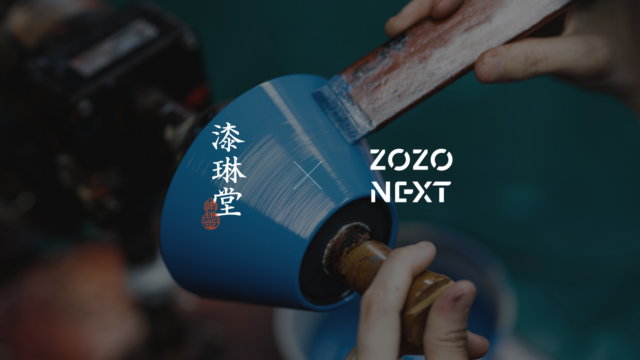

VOL.1-19
Update
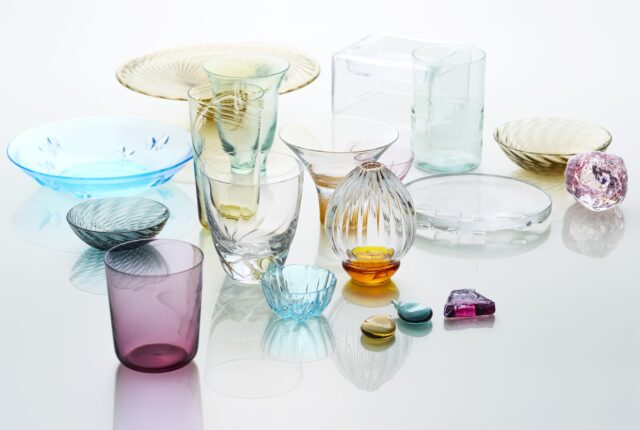
VOL.1-17
Update
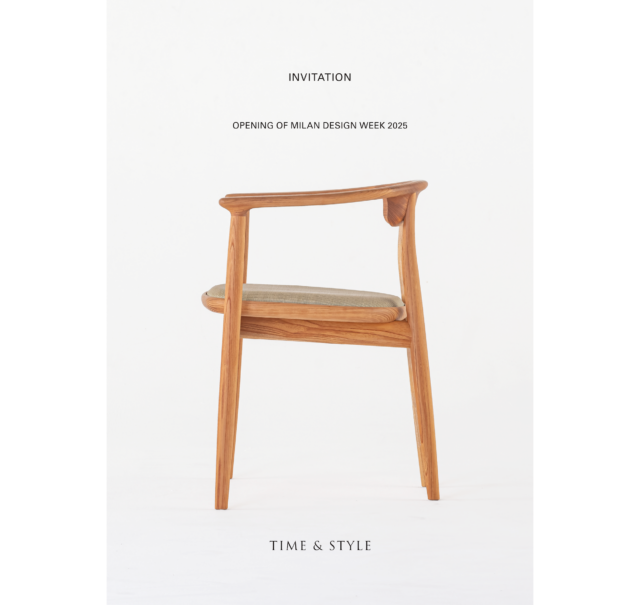
VOL.1-43
Update
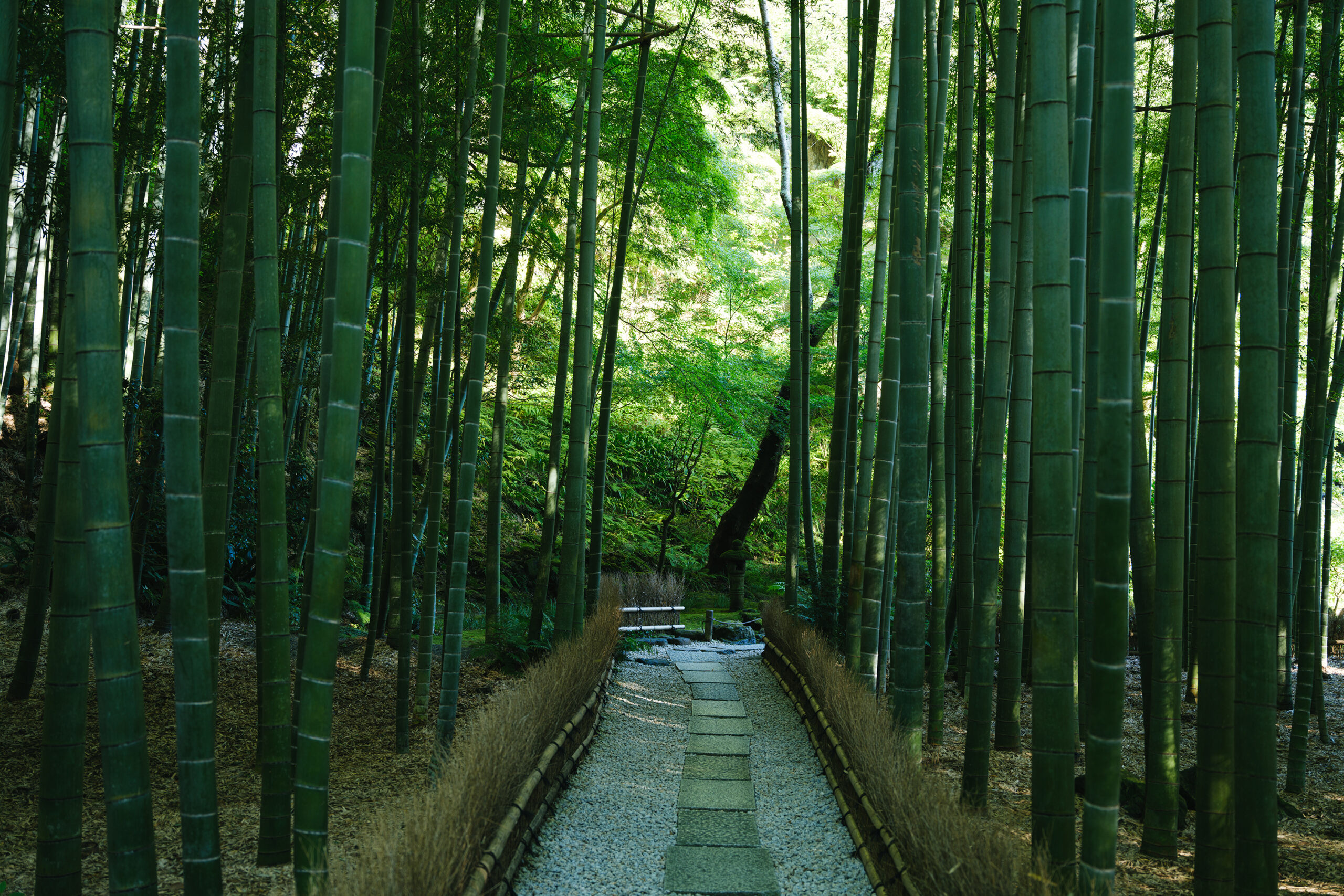
VOL.1-2
Update
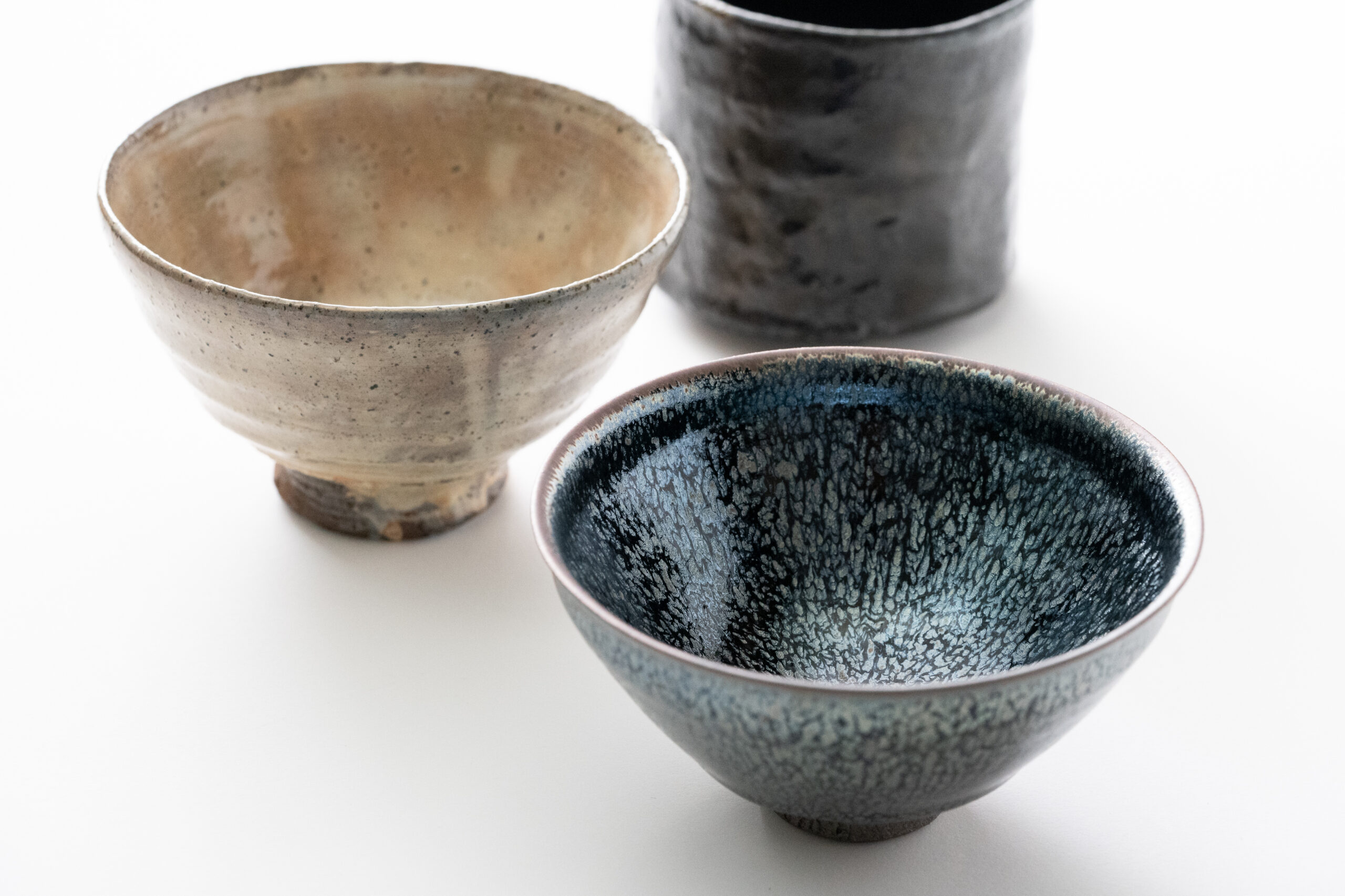
VOL.1-3
Update
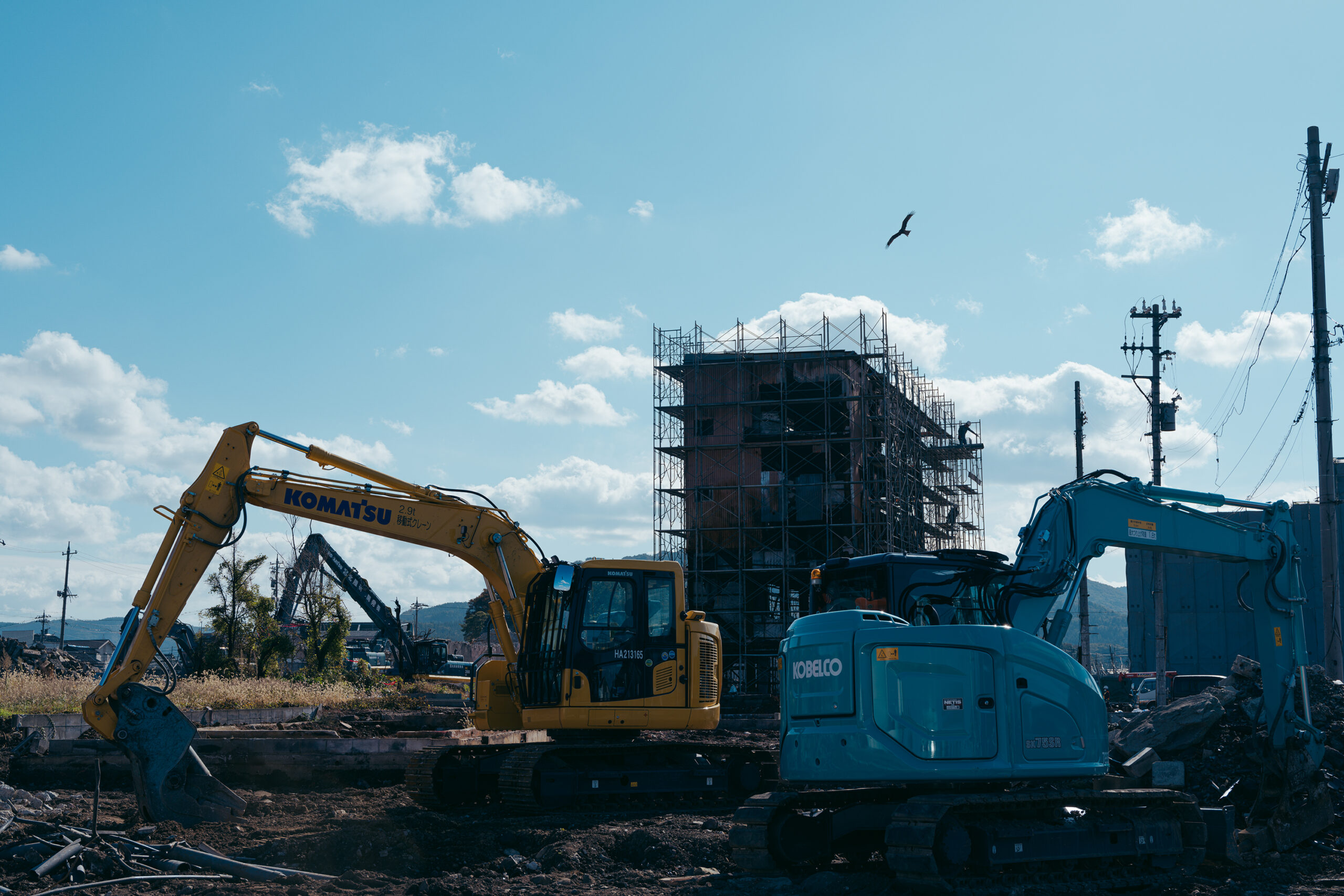
VOL.1
Update
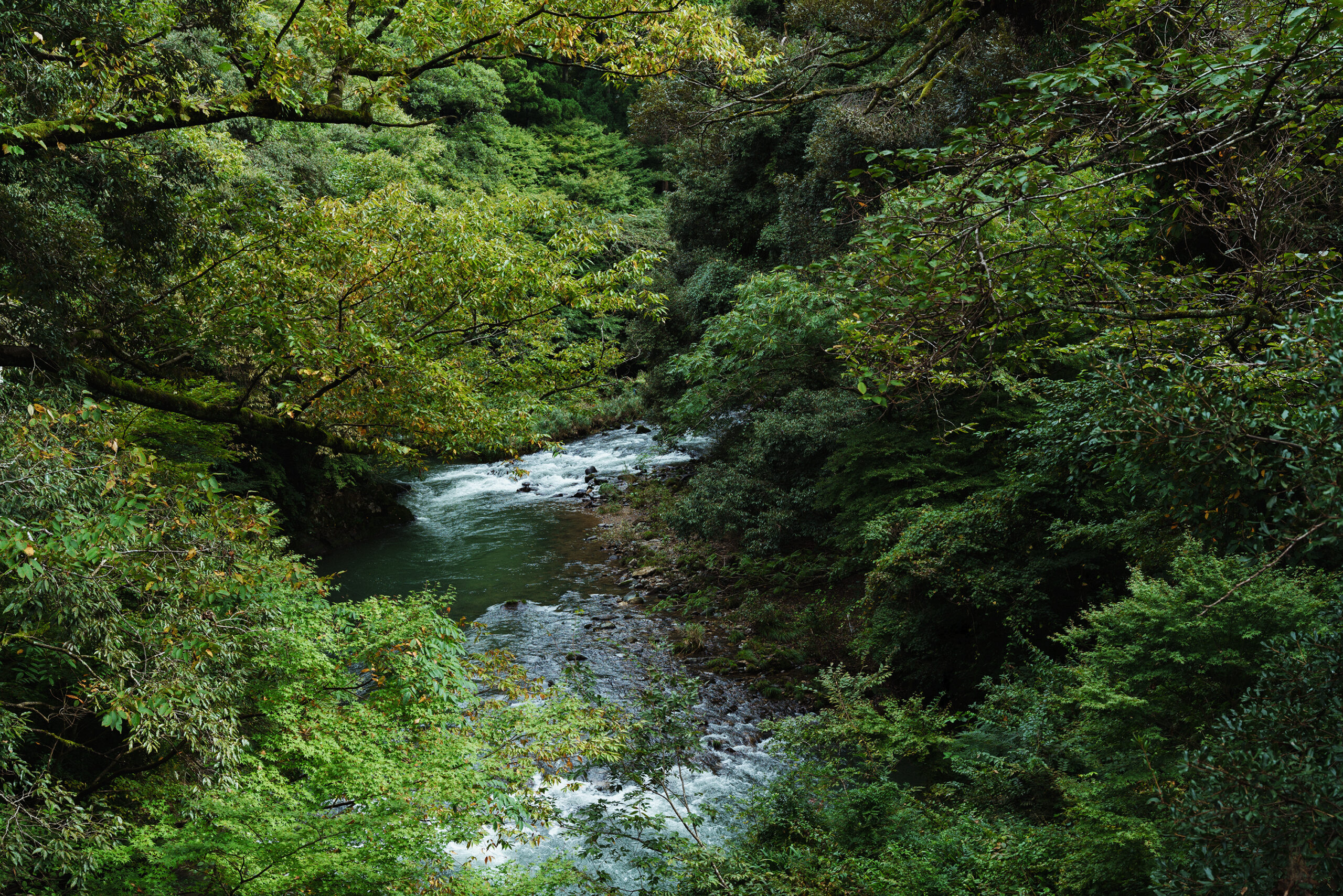
VOL.1-7
Update
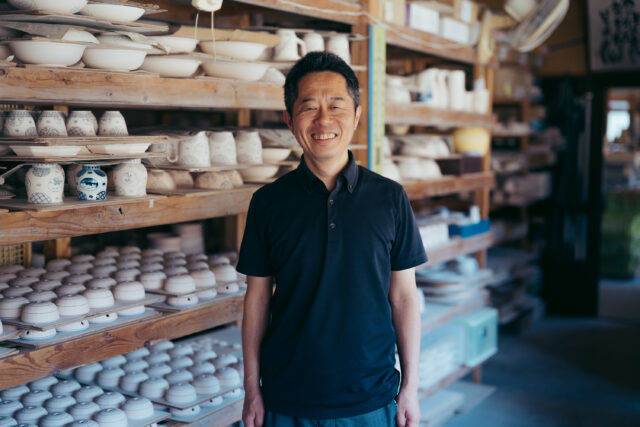
VOL.1-32
Update
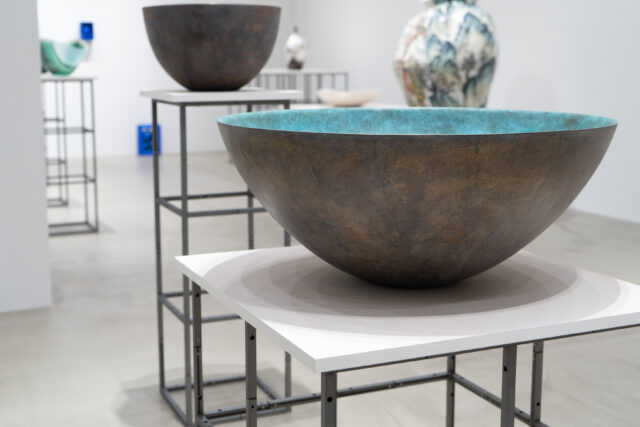
VOL.1-26
Update
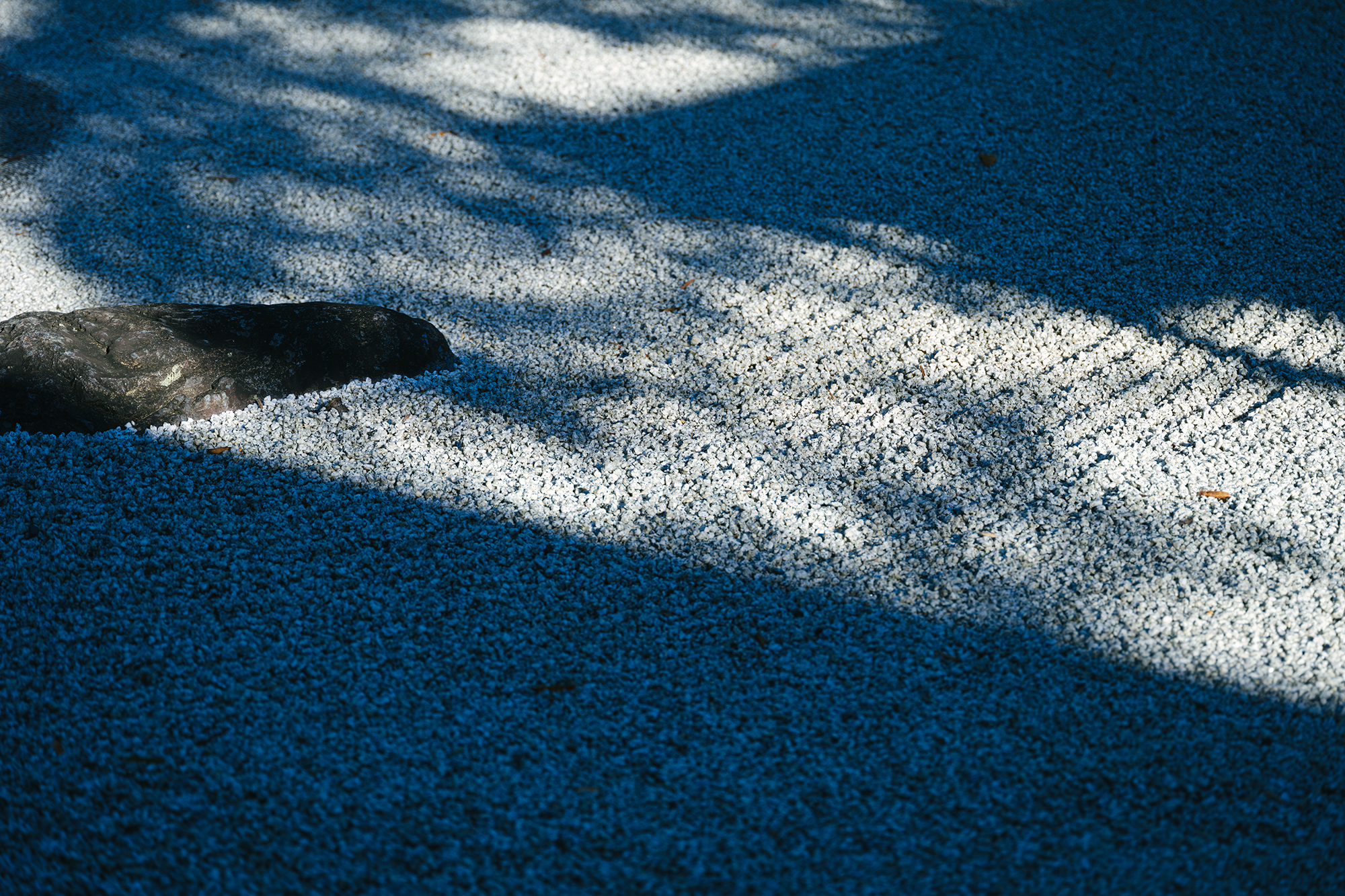
VOL.1-12
Update
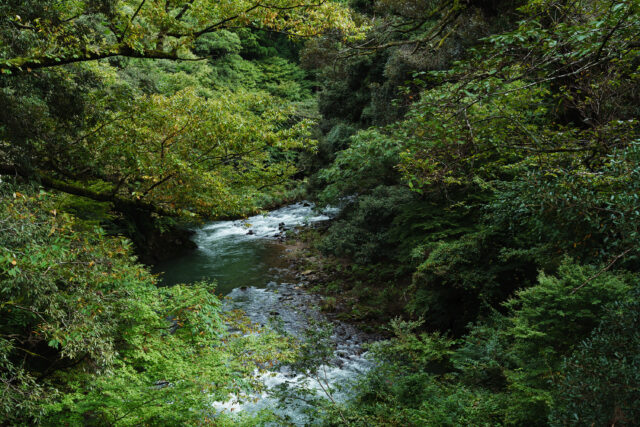
VOL.1-3
Update
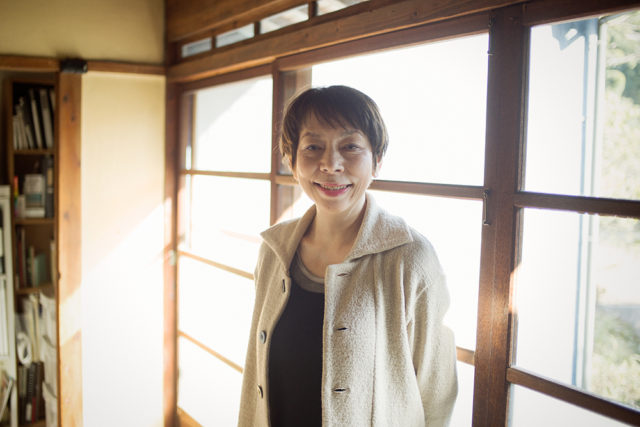
VOL.1
Update
We share a variety of information and perspectives on Japanese crafts, including exhibition information and interviews.
KOGEI Topics VOL.19
New Products VOL.17
Featured Exhibitions & Events VOL.43
KOGEI Topics VOL.18
Apr 5 – Jun 22, 2025
SEIKADO BUNKO ART MUSEUM
Apr 8 – May 6, 2025
The Gotoh Museum
Apr 11 – Jun 15, 2025
Kyoto City KYOCERA Museum of Art
Apr 12 – Jun 29, 2025
TOGURI MUSEUM OF ART

A ceramic artist living in Mine, Yamaguchi Prefecture. Born in Fukuoka Prefecture, he studied ceramics in Arita. Seeking mastery in ceramics of the tea ceremony, he apprenticed under the twelfth generation Saka Koraizaemon before establishing his own practice. He is dedicated to the use of local Daido-tsuchi clay, and fires his work in both nobori-gama (“climbing”) and ana-gama (“cave”) kilns he constructed himself. His creations delve into the roots of Hagi ware, including styles such as Ido, Kohiki, and Goki, echoing the tradition of Korean tea bowls.
Guided by the beauty of tea reflecting in a loquat-colored bowl, the artist pursues the path of tea ceremony ceramics, honoring the rich nature of Hagi and facing earth and fire head on. His strong resolve to preserve the tradition of Hagi ware is evident in his approach. His works, which embody the spirituality and natural beauty of the Korai tea bowls that captivated people in this region long ago, change their expression with each use, deepening their wabi-sabi aesthetic.
Born in Fukuoka Prefecture
Graduated from Arita College of Ceramics
Studied under Saka Koraizaemon XII
Became independent and built his own nobori-gama kiln
First solo exhibition at Shibuya Tokyu Department Store, followed by exhibitions nationwide
Built ana-gama kiln
